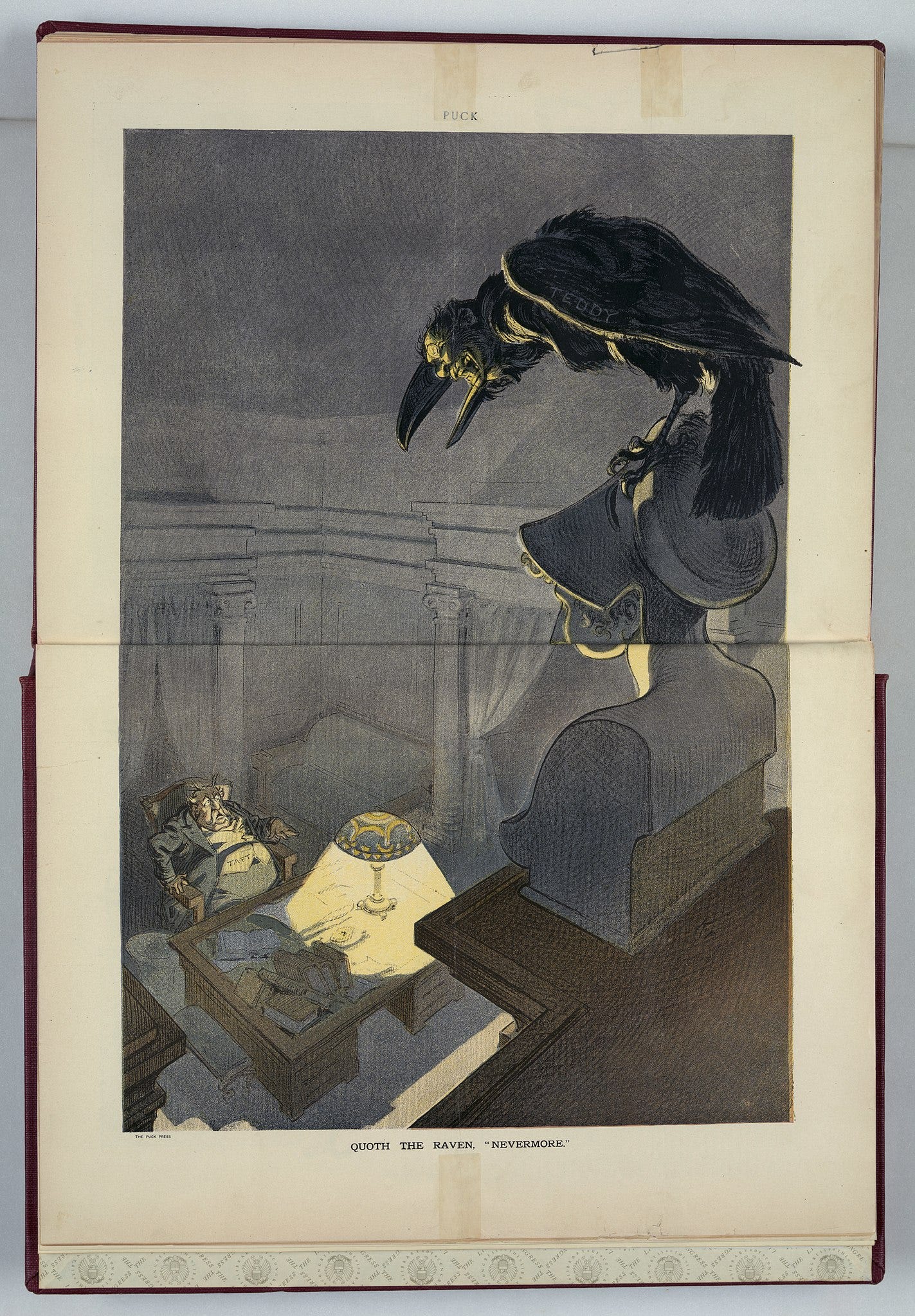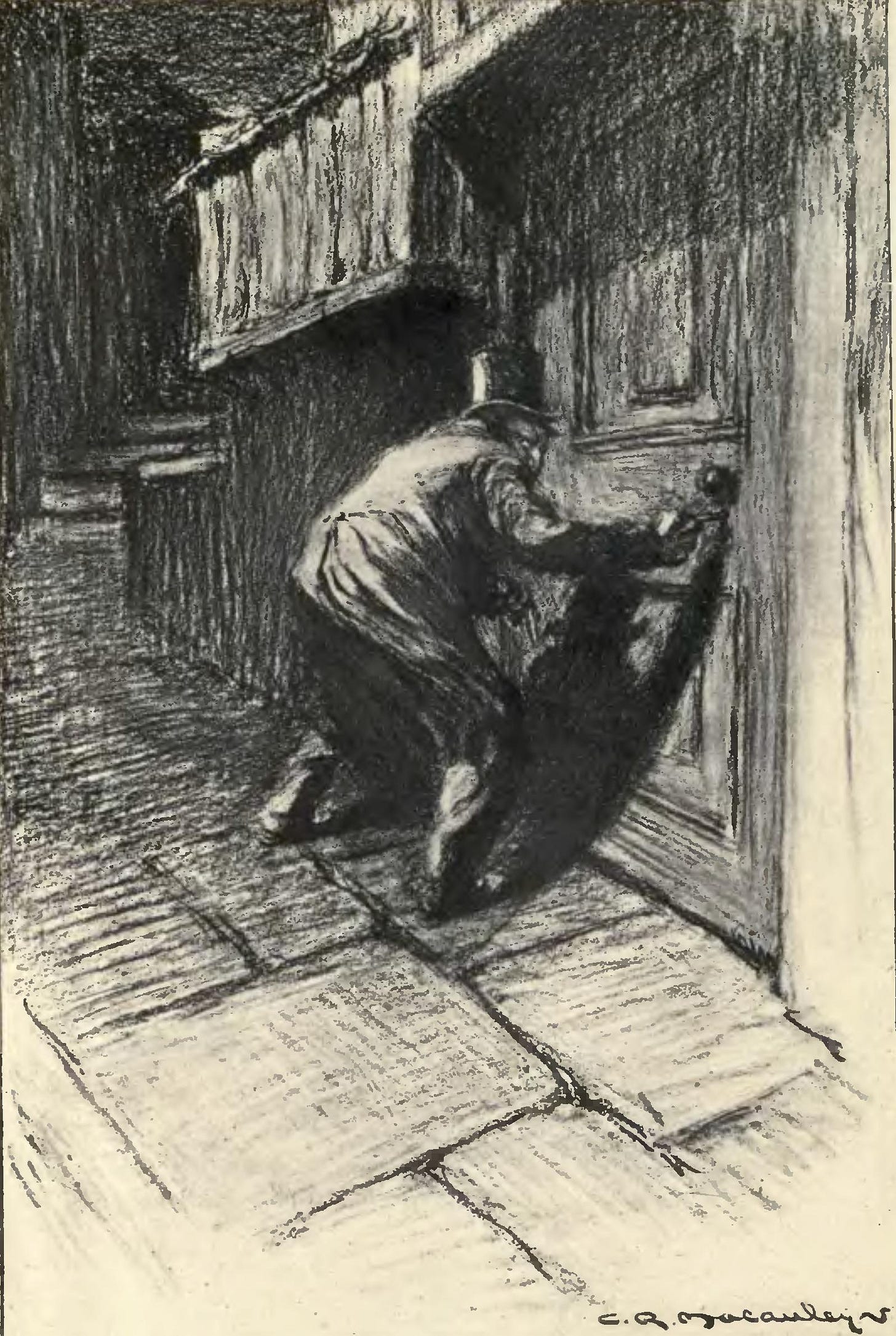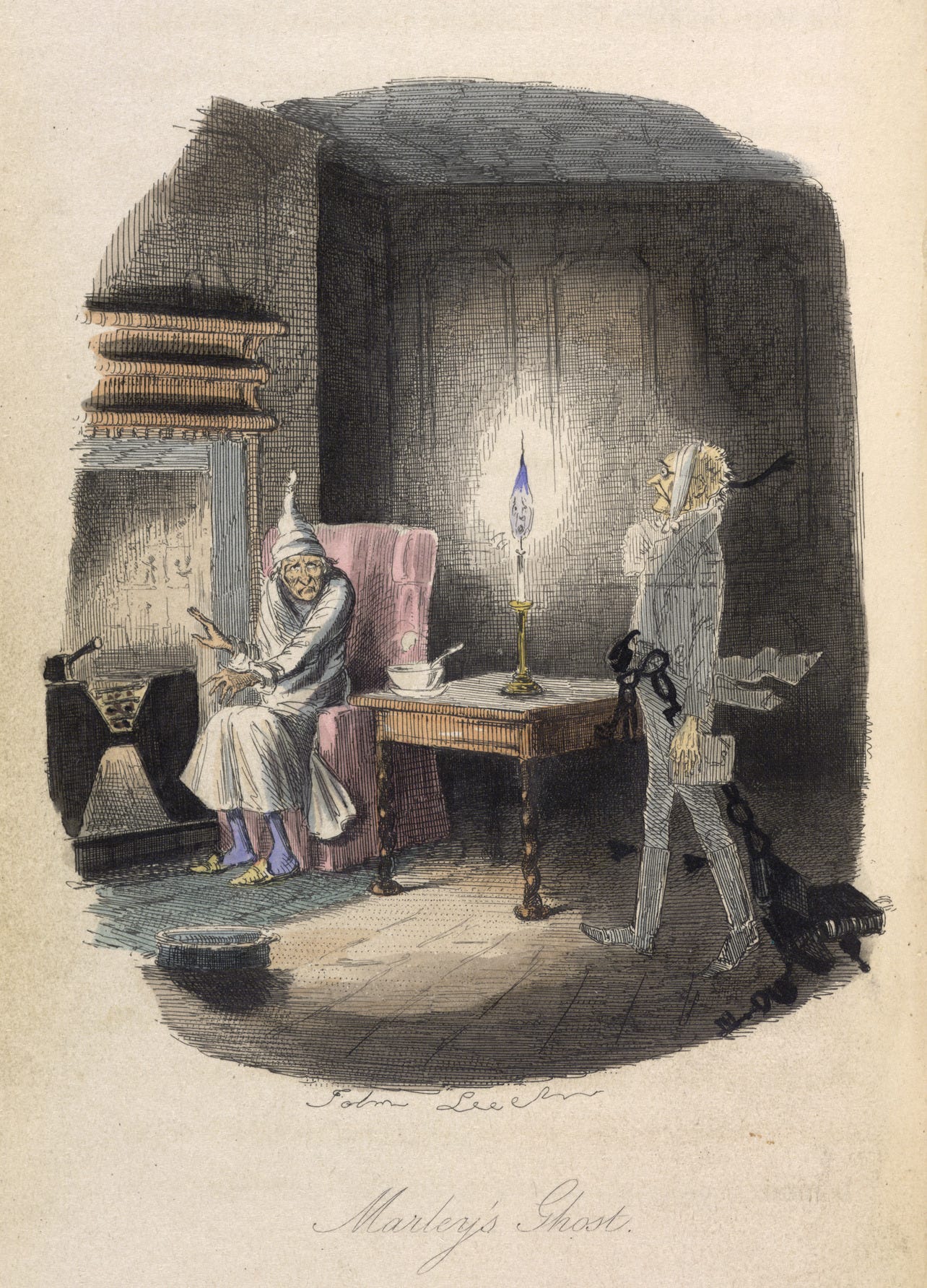The digital age has created new dimensions of fear in the younger generations. Youth in every era face stressors, such as economic hardship, wars, social unrest, health-related concerns, or just future uncertainty, but technology, social changes, and the lack of proper education have exacerbated these pressures. Technology has enabled a ceaseless flow of alarming information through social media and 24/7 news cycles. These amplify fear to unprecedented levels. Cyberbullying, social media-induced “fear of missing out” (“FOMO”), privacy concerns, cybersecurity threats, online harassment, fake news, loss of human connection, digital addiction, information overflow, and a sense of loss of control are just some of many sources of the younger generations’ contemporary fears. We rarely discuss fear, and we strive to keep it under our control, but society should be able to recognize fear’s transformative potential to fuel personal growth and resilience, and the aid technology can offer towards that end. Amidst this quest, modern authors like Ryan Holiday, in his acclaimed book Courage is Calling echoes the ancients’ sentiments in emphasizing the need to confront and harness fear as a catalyst for personal development.
“Nevermore,” Edgar Allen Poe, illustration by Udo J. Keppler, 1912. Library of Congress.
Fear is a deeply ingrained survival mechanism that has always existed in the human psyche and has protected us from danger throughout our history. Yet today's youth grapple with how technology has pushed fears to new levels, causing widespread anxiety related to digital information exposure. Social media platforms, 24-hour news cycles, pervasive marketing, and addictive television platforms relentlessly bombard maturing minds with intimidating and disconcerting information. The fear of missing out and the fear of judgment are the two most prevalent sources for technology’s magnification of fear in our daily lives.
Fear isn’t new and it’s worth examining how ancient civilizations grappled with it. Sparta, the epitome of old Greek martial prowess, understood fear’s power as a tool for cultivating resilience and discipline. Young Spartan warriors directly confronted their fears through their grueling training regimen, which taught them to harness discomfort as a pathway to personal strength and freedom. Similarly, the Roman Empire employed fear as a control and discipline tool, specifically within the empire’s military and governance. Roman soldiers’ training included rigorous physical and mental conditioning, which forced them to confront their fear of combat. Ancient Japan’s samurai underwent martial arts training and faced the fear of battle regularly. Bushido, the warrior's way, emphasized courage, honor, and discipline, and taught samurai to embrace fear as a natural part of their path to mastery.
The Strange Case of Dr. Jekyll and Mr. Hyde, Robert Louis Stevenson, illustration by Charles Raymond Macauley, 1904. Wikimedia/Archive.org.
These ancient methods offer valuable lessons on how to channel fear for personal growth and resilience. Consider the Stoics, for example, who advocated for confronting one's fears with courage and rationality. This age-old principle remains applicable to the challenges faced by today's youth.
Technology propagates overwhelming fear; sensibly addressing it requires fostering resilience. Digital detoxification—periods where we disconnect from the digital realm entirely—and the self-control to limit our overall exposure to content, can promote the necessary habits that will mitigate fear’s consequences.
A Christmas Carol, Charles Dickens, illustrations by John Leech, 1843. British Library/Wikimedia.
On the other hand, the same technology can encourage individuals to confront and manage their fears. Digital platforms can offer applications that effectively and relatively quickly build emotional residence through daily practice. Virtual-reality exposure therapy can create controlled environments that allows individuals to face their fears gradually and safely. A.I.-driven chatbots and virtual therapists can serve as digital companions on the path to fear resilience by providing immediate support and coping strategies. By harnessing digital tools, technology can partner with us in our journey to transform fear into opportunities for personal growth and inner strength.
Pioneers in the Settlement of America, William A. Crafts, 1876. Wikimedia.
Fostering courage and resilience in the younger generation will require parents, educators, and society to work together using technology as a powerful ally. Educational institutions should incorporate digital curricular modules covering emotional intelligence and coping strategies into their curricula, to equip students with the skills needed to navigate fear's challenges. Virtual peer support groups and online therapy sessions offer opportunities for young people to share concerns, learn from one another, and build resilience. Social media platforms offer channels for spreading mental health awareness and promoting positive coping mechanisms. And advanced data analytics can help identify early signs of fear and anxiety in young people, enabling them to face their fears and emerge stronger and more resilient. Used strategically and mindfully, technology can help forge a fear-resilient generation for the digital age.
Fear among younger generations is a formidable challenge in the digital age. By distilling knowledge from ancient civilizations, adapting it, and making the best use of the available digital technology, we can equip young people with the tools they need to build a fear-resilient generation.






